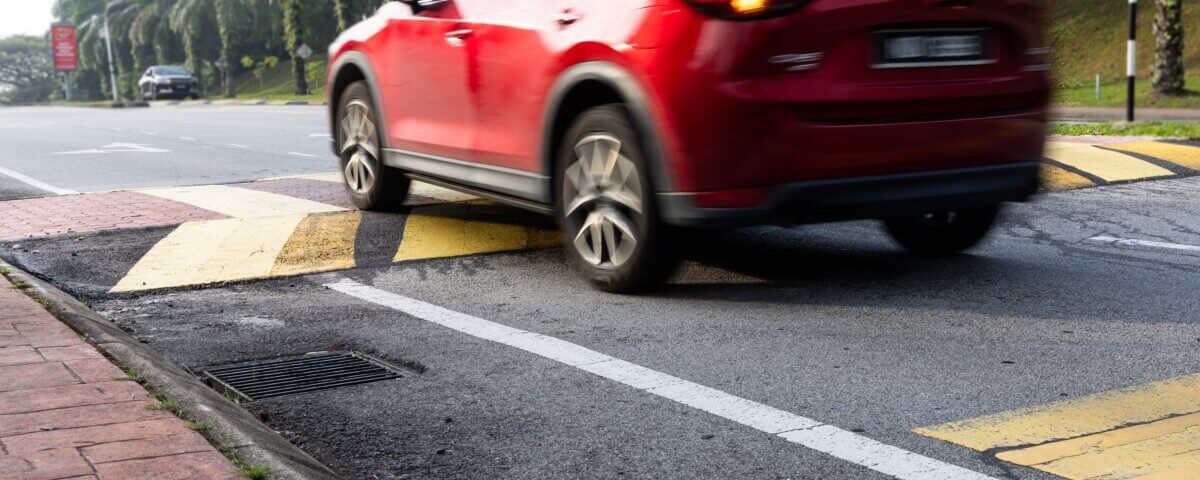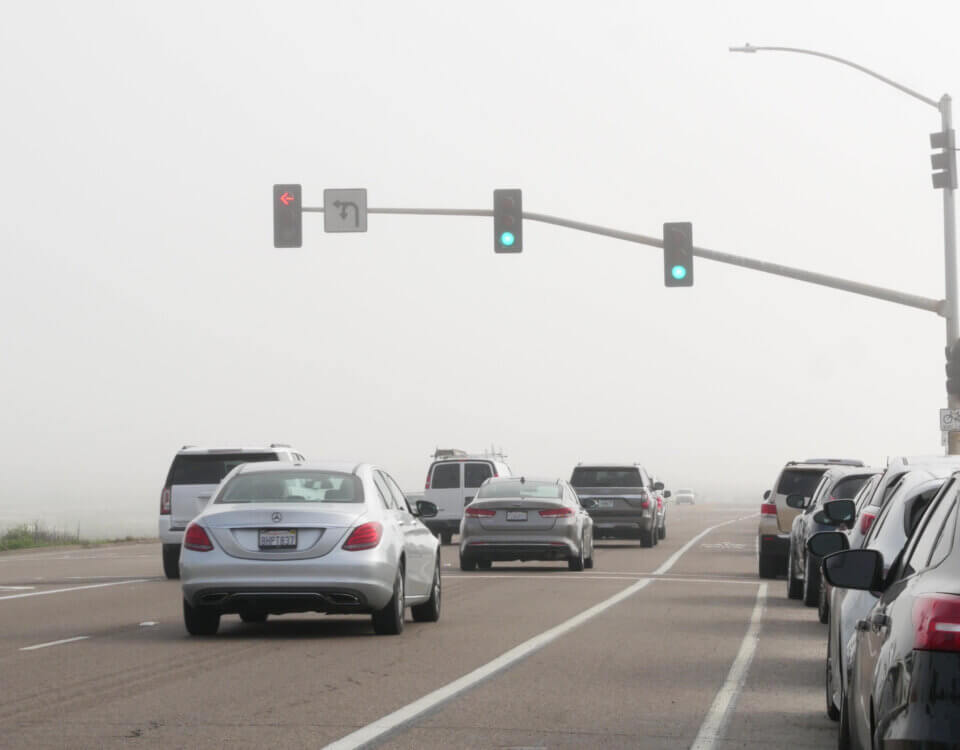Speed bumps are a simple but effective way to reduce speeding and prevent accidents on residential streets. Across California, community groups have successfully organized and funded their own speed bump projects proving that local action can create safer neighborhoods.
Why Residents Took Action
- Persistent Speeding Issues: Residents noticed vehicles frequently exceeding limits near schools and parks.
- Limited City Resources: Municipal budgets or timelines delayed official projects.
- Desire for Immediate Change: Concerned neighbors united to protect children, pedestrians, and cyclists.
Case Study: A Sacramento Neighborhood
In a suburban Sacramento community, repeated near-miss incidents near a playground prompted parents to act. They:
- Collected Crash and Speed Data: Used speed radar apps and resident testimonials to document the issue.
- Hosted Neighborhood Meetings: Gained support and volunteers for a formal proposal.
- Partnered With Local Officials: Presented data to city council and traffic engineers.
- Fundraised for Costs: Combined community donations with a small city grant to install three speed bumps.
Within months, the neighborhood reported noticeably slower traffic and improved safety.
Tips for Communities Wanting Speed Bumps
- Engage Neighbors Early: Broad support prevents conflicts later.
- Follow City Guidelines: Many municipalities have formal processes for approvals.
- Consider Alternatives: Mini-roundabouts or curb extensions may also calm traffic.
- Monitor Results: Collect follow-up data to measure effectiveness and share success stories.
The Bigger Picture
Community-led projects show that residents don’t have to wait years for safer streets. By collaborating, gathering evidence, and pursuing creative funding solutions, neighborhoods across California can proactively address speeding and protect their families.
Note: These blog posts are created solely for the use of Hillstone Law. The information is gathered from internet research, publicly available sources, and artificial intelligence (AI) tools such as ChatGPT. While we aim to share helpful and educational content, Hillstone Law does not independently verify every detail. Some information may be incomplete, outdated, or subject to change without notice. If you believe any part of a post is inaccurate, misleading, or infringes upon copyright, please contact Hillstone Law immediately so we can review it and take appropriate action, including correction or removal.
Disclaimer: The material provided in these blogs is for general informational purposes only and should not be considered legal advice. Reading these posts does not create, and is not intended to create, an attorney-client relationship with Hillstone Law. Our intent is to share knowledge, raise awareness, and provide helpful resources to the public; however, Hillstone Law makes no warranties or guarantees about the accuracy, completeness, or reliability of the information provided, and expressly disclaims liability for any actions taken in reliance on it. The photos used in these posts are for illustrative purposes only and do not depict actual clients, individuals, or incidents unless expressly stated. If you or a loved one has been injured in an accident, please contact Hillstone Law at (855) 691-1691. Our attorneys are available to answer your legal questions and help you understand your rights.








